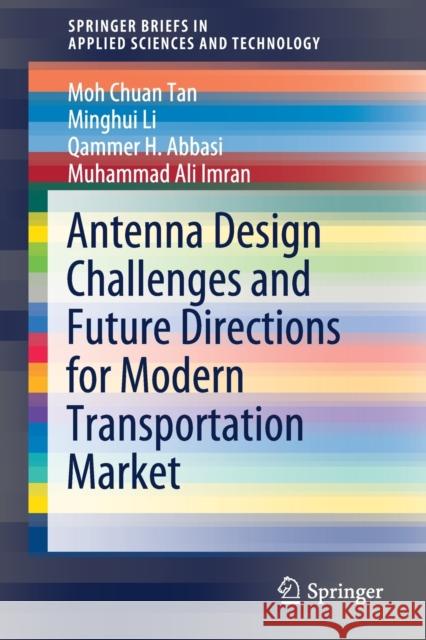Antenna Design Challenges and Future Directions for Modern Transportation Market » książka
topmenu
Antenna Design Challenges and Future Directions for Modern Transportation Market
ISBN-13: 9783030615802 / Angielski / Miękka / 2020 / 66 str.
Kategorie:
Kategorie BISAC:
Wydawca:
Springer
Seria wydawnicza:
Język:
Angielski
ISBN-13:
9783030615802
Rok wydania:
2020
Wydanie:
2021
Numer serii:
000457375
Ilość stron:
66
Waga:
0.12 kg
Wymiary:
23.39 x 15.6 x 0.41
Oprawa:
Miękka
Wolumenów:
01
Dodatkowe informacje:
Wydanie ilustrowane











